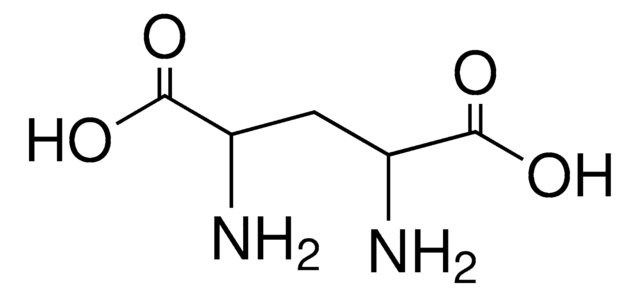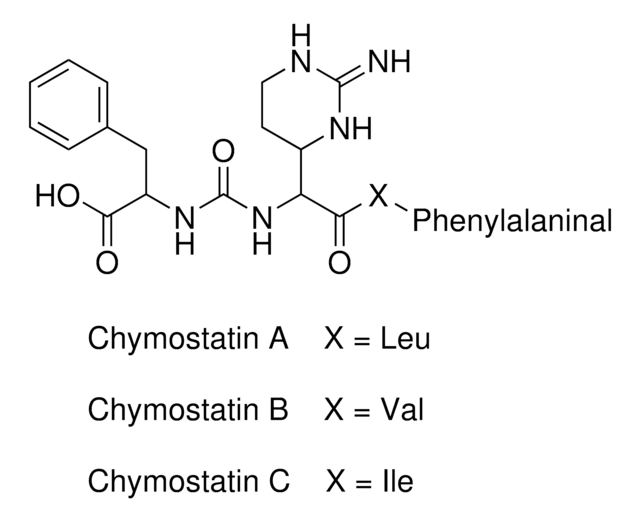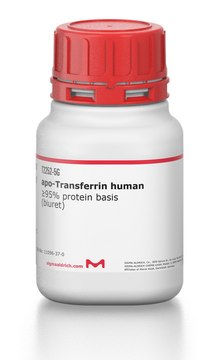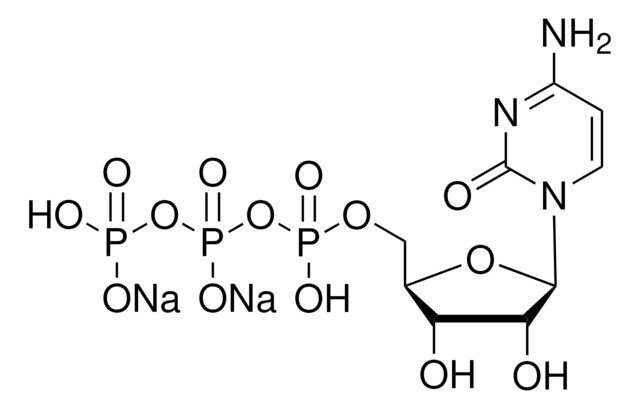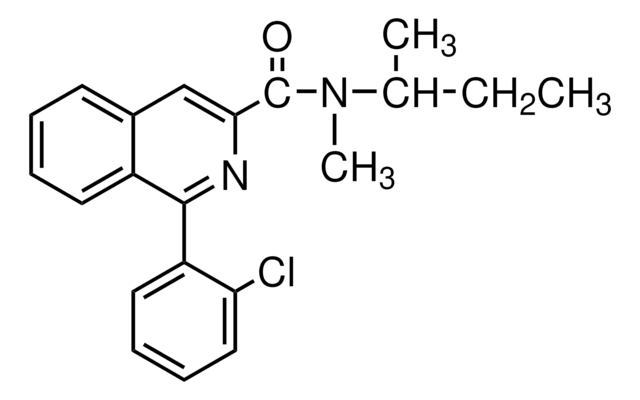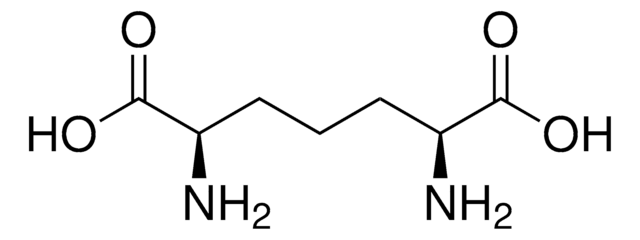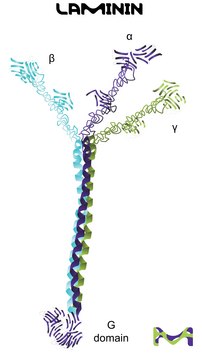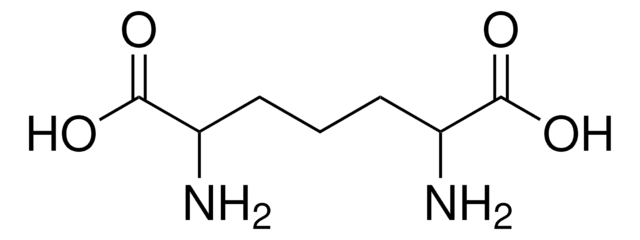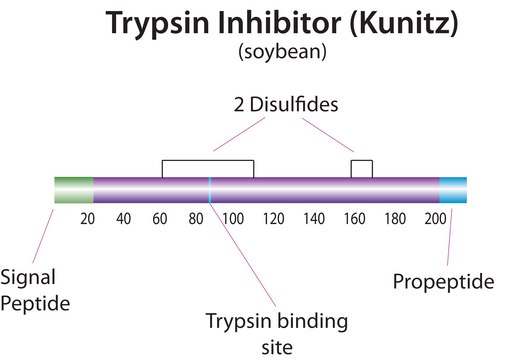All Photos(2)
About This Item
Empirical Formula (Hill Notation):
C4H8N2O4
CAS Number:
Molecular Weight:
148.12
EC Number:
MDL number:
UNSPSC Code:
12352200
PubChem Substance ID:
NACRES:
NA.22
Recommended Products
form
powder
reaction suitability
reaction type: solution phase peptide synthesis
color
white
application(s)
peptide synthesis
SMILES string
NC(C(N)C(O)=O)C(O)=O
InChI
1S/C4H8N2O4/c5-1(3(7)8)2(6)4(9)10/h1-2H,5-6H2,(H,7,8)(H,9,10)/t1-,2+
InChI key
PGNYNCTUBKSHHL-XIXRPRMCSA-N
Looking for similar products? Visit Product Comparison Guide
Signal Word
Warning
Hazard Statements
Precautionary Statements
Hazard Classifications
Eye Irrit. 2 - Skin Irrit. 2 - STOT SE 3
Target Organs
Respiratory system
Storage Class Code
11 - Combustible Solids
WGK
WGK 3
Flash Point(F)
Not applicable
Flash Point(C)
Not applicable
Personal Protective Equipment
dust mask type N95 (US), Eyeshields, Gloves
Choose from one of the most recent versions:
Already Own This Product?
Find documentation for the products that you have recently purchased in the Document Library.
Kirsten Zeitler et al.
The Journal of organic chemistry, 69(18), 6134-6136 (2004-09-18)
Homogeneous, Rh-catalyzed hydrogenation of heteromeric olefinic glycine dimers presents an efficient route to diastereomerically pure, orthogonally protected diaminosuccinic acid derivatives depending on the double bond geometry of the starting material. The products were obtained as racemates.
J E Turner et al.
Basic life sciences, 63, 155-166 (1994-01-01)
Detailed Monte Carlo calculations provide a powerful tool for understanding mechanisms of radiation damage to biological molecules irradiated in aqueous solution. This paper describes the computer codes, OREC and RADLYS, which have been developed for this purpose over a number
C Riemer et al.
The journal of peptide research : official journal of the American Peptide Society, 63(3), 196-199 (2004-03-31)
The stereoselective synthesis of orthogonally protected 3-azido aspartic acid derivatives is described. The convenience of their application as 2,3-diaminosuccinic acid in peptide chemistry was demonstrated by the incorporation of the nonproteinogenic diamino diacid as a cystine-substitute into the core structure
A Rinaldi et al.
European journal of biochemistry, 117(3), 635-638 (1981-07-01)
meso-Diaminosuccinic acid, a natural antagonist of aspartic acid, is a good substrate for beef kidney D-aspartate oxidase. The oxygen consumption and the ammonia production are in good agreement with the stoichiometry of a typical oxidative deamination. The deamination involves only
Yoshito Kawasaki et al.
Journal of chromatography. A, 1160(1-2), 246-253 (2007-06-08)
The advanced Marfey's method consists of a chromatography technique for the separation of amino acids into each enantiomer by derivatization with 1-fluoro-2,4-dinitrophenyl-5-L-leucinamide (L-FDLA), and a detection method using liquid chromatography/mass spectrometry (LC/MS) which can determine the non-empirically the absolute configuration
Our team of scientists has experience in all areas of research including Life Science, Material Science, Chemical Synthesis, Chromatography, Analytical and many others.
Contact Technical Service